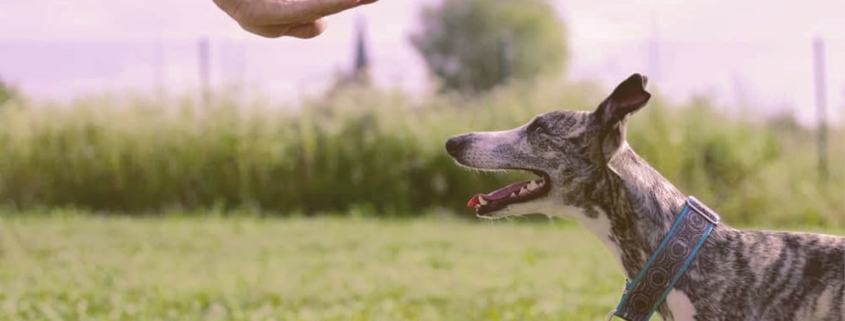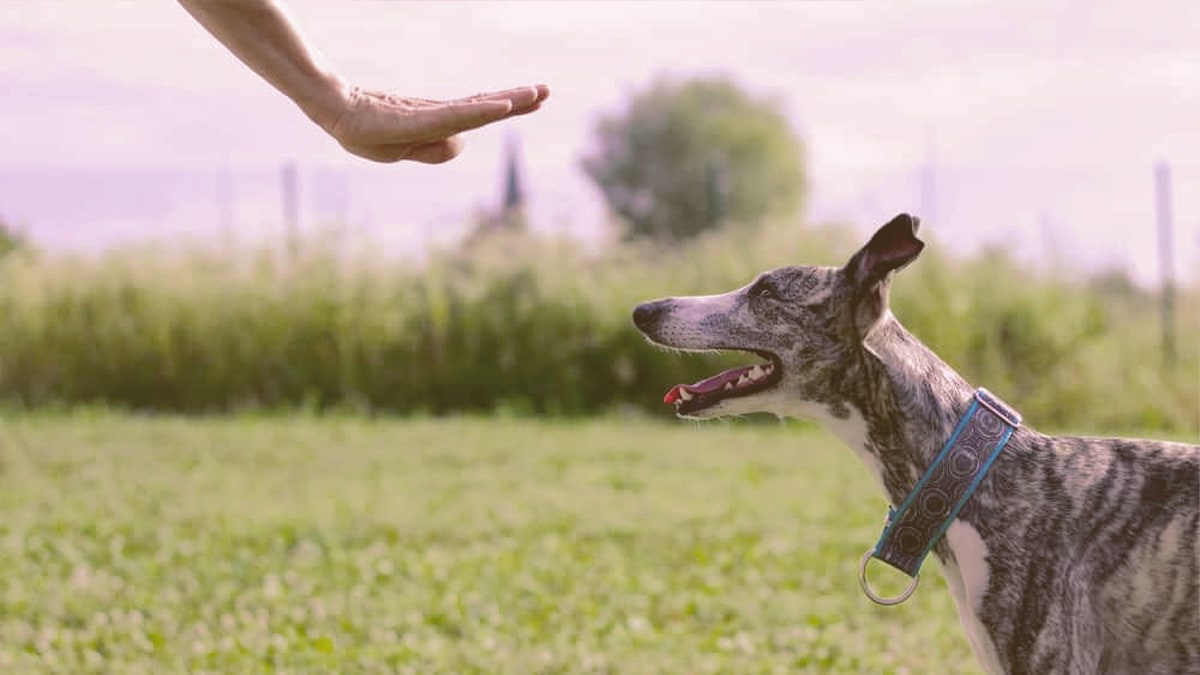
How to Train Your Dog to Stay in the Yard
Alex Vicente • Updated on August 1, 2023
- This review contains affiliate links. Read more here.
- Not a substitute for professional veterinary help.
Having to keep an eye on your dog when they are in the yard can get exhausting, especially when you have to watch them 24/7.
If you don’t have room for a fence or cannot currently afford one, then you should learn how to train your dog to stay in your yard so you can relax again!
You can train your dog to stay in the yard using correction-reward methods.
However, it requires teaching your dog several other tricks beforehand, such as sit, stay, and settle.
It also requires patience and a good understanding of dog training principles.
If you’re easily frustrated by your dog’s running off, there are ways to fix this.
You do not have to continue standing on your porch in the snow waiting for your dog to finish what he is doing.
You can make yourself a tea and sit down to check your Instagram while being assured that your dog is playing safely within the boundaries of your yard. Here’s how.
Table of Contents
Necessary Commands to Know Before Training in the Yard
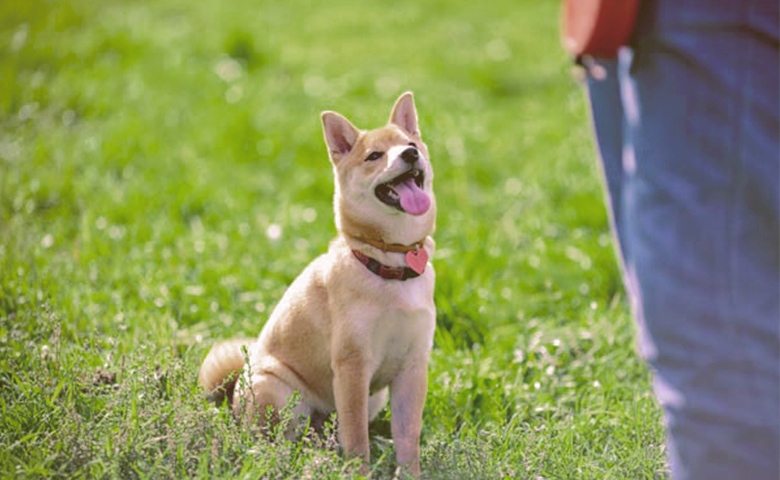
Your dog will not immediately respond to a new command that they haven’t learned. If you simply ask your dog to sit in your yard and offer a treat, your dog will not associate that with “stay in this area.” They will most likely associate it with “I will sit here until you leave.” This means you need to start showing your dog a new command, or several.
How to Train “Stay”
Before training this command, make sure your dog already knows the commands: sit and come. The steps are as follows:
- Have your dog perform the sit or lay down command in a place of your choosing.
- Give your dog a small treat for doing the command correctly.
- Tell your dog to stay.
- Walk backward a few steps.
- If your dog is still sitting, praise him and reward him with a treat.
- Say, “good stay.”
- If your dog is not still sitting when you walk backward, start again from step 1.
- Repeat this a few times, walking a larger distance each time.
- When your dog has the skill down, leave the room and see if he can do it when you’re not there.
Use this command often so your dog doesn’t forget.
How to Train “Sit”
If your dog does not know how to sit yet, you can still teach them. Sit is a basic command and should be one of the first that you train your dog when you start with their training. Here’s how to do it:
- Show your dog a treat that they find valuable. Make sure it’s low-calorie, as you’ll be using a lot of treats during training.
- Use the command out loud that you want your dog to associate with sitting.
- Use your hand to help move your dog into a sitting position.
- Give your dog a treat and exclaim “good sit!”
- Repeat this until your dog begins doing it on its own.
- When your dog does it on its own, give them a higher valued treat.
Use this command every day so that your dog does not forget. Your dog needs regular reinforcement to stay sharp and easily remember the tricks he or she has learned.
How to Train “Lay Down”
If your dog doesn’t know how to lay down, this skill can be helpful to train as well. If your dog can lay down, sit, and stay, they’ll be able to easily pick up the more difficult training when you teach them to stay in the yard.
- Start with your dog in a sitting position.
- Give your dog a treat when they’re sitting.
- State the command out loud that you want your dog to associate with laying down.
- Hint: It can help if you use hand signals at the same time as speaking the command. Pointing at the floor when you want your dog to lay down can help. Dogs subconsciously pick up on many hand signals.
- Lower the treat to the floor in front of their face. The goal is to get them to lay down.
- If they stand up to bend down for the treat, start over.
- If they need help, you can help lower their body to the floor with your hands at first. Be gentle with your dog.
- Every time your dog lays down, even if it’s only for a few moments, give them a treat and say, “good down.”
- Once your dog does the command on his own, give him a higher valued treat.
- Use this command often so that your dog does not forget.
It’s not always necessary to train “lay down” before “sit,” but we do recommend that you teach your dog both before attempting training outside in the yard. Both commands get your dog used to the idea that they get rewards for staying where you want them, which is an essential precursor to obedience outside.
Consistency and Reward
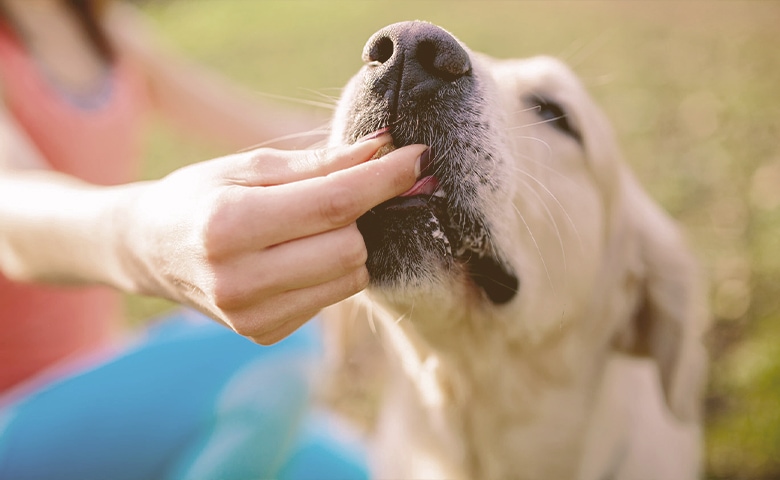
Once you’ve trained your dog in the three basic commands, it’s time to start getting your dog to stay in your yard. It is more difficult to keep your dog in a yard, as dogs have a difficult time understanding circumstances. This command is largely based on circumstance because the dog has to learn that they must stay, but they can still move around in a small area, just not everywhere.
This is why the regular stay command would not work unless you want your dog to stay sitting and not moving in your yard. If you do want this, you can train your dog the stay command and you’re good to go! If you want to allow your dog the choice to run around your yard, but not to leave, it will take some more work.
The most important thing to remember when training your dog is to stay consistent and to reward your dog for doing what you’ve asked. Dogs understand cause and effect. They understand that sitting equals a treat and pats on the head.
You will want to understand this when you’re trying to get them to stay in the yard as well since it’s a more complex command. If you reward your dog every time they do stay in the yard, they’re more likely to do so in the future.
The best types of rewards for dogs are:
- Low-fat and low-calorie treats that your dog likes to eat and gets excited for
- Small pieces of low-fat meat cut up.
- Pieces of your dog’s regular kibble
- Pets and cuddles and a happy voice in combination with their treat
Remember: Try to not feed your dog too many high-fat treats, because it will be bad for their health. Dogs can get just as excited for lower-calorie treats if you start by using them. Use the high-calorie and high-sugar treats as a special reward that is higher than all other rewards for extremely special circumstances.
Dogs also differ in how much value they put on certain rewards. Some pups are extremely food motivated, while others are indifferent to food but would do anything for praise and attention.
How to Stay Consistent with Your Dog
Remember to always use the same command, same hand signal, and same tone when commanding your dog to do something. Too many variables will make your dog confused and they might act out or ignore your command entirely.
You must also use consistency with your reward system. If your dog receives treats for sitting sometimes, but not other times, they are less likely to associate their behavior with good reinforcement and they may not perform the command.
DO NOT give your dog a treat if your dog did not do the command you asked, and especially not if they’ve done something you’re not fond of. This sends the message to your dog that their behavior does not have an effect on their ability to get reinforcement, and they won’t take it seriously. Or worse—it shows them that they get rewarded for bad behavior.
Train Your Dog to Stay in a Specific Location
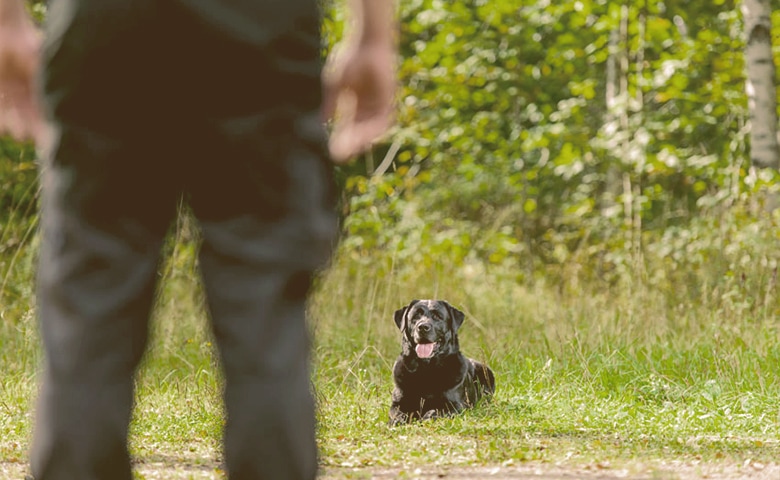
Now that you understand how to reinforce and stay consistent with your dog, you are ready to train them to stay in a location of your choice. It is easiest to start training this in a location that isn’t too wide-open like your yard. A good place to start is a room in your house.
Staying in a Room
To train your dog to stay in a room by themselves without leaving, follow these steps:
- Put your dog inside the room you want them to stay in.
- Leave the room and stand a bit outside of the doorway.
- If your dog leaves the room with you, tell them no.
- Lead your dog back inside the room.
- Give your dog a treat for going back inside the room.
- Leave the room again. Repeat the first steps if needed.
- When your dog stays in the room, walk farther away. Repeat the steps as needed with the new distances.
- Once your dog can stay in the room for 5 minutes while you sit somewhere else in the house, give them a very high-value treat to reward them.
- Practice these several days in a row so your dog learns it as a skill.
Staying in the Yard
Now it’s time for your dog to learn how to stay in your yard. Whether your yard is fenced or not, this will be similar to the previous command. It may take more time to train your dog in this command. Do not get overwhelmed, there are other options if this doesn’t work.
- Make sure your yard is exactly how it will be when you leave your dog alone in the future. If you will want to leave a gate open, do so now too.
- Put your dog in the yard.
- Back up into the part of the house or yard that you don’t want your dog entering.
- If your dog follows you, tell them no and lead them back into the yard.
- When your dog is back in the yard, have them sit and give them a treat.
- Go back to the exit.
- Repeat the first steps until your dog stays in the yard on its own.
- Retreat further and further back each time, repeating all of the steps with this new distance.
- When your dog stays in the yard while you’re out of sight and hearing range for 1 minute, give them a high-value treat.
- You can eventually increase the amount of time your dog is alone in the yard.
- Always give your dog a treat for staying.
If you’re looking for more tips, the American Kennel Club has some of its own training ideas here.
Optional: What to do When Your Dog Runs Away
If your dog runs away from the yard and continues to do the behavior you wanted them to stop doing, you have some options. Here are some of the options people choose to use to give consequences to their dog:
- Sound fence: fences exist that emit a loud sound that only dogs can hear that will deter them from passing it. This can be an easy solution and will train the dog by negative reinforcement to sound.
- Sound collar: like the fence, a sound collar emits a loud sound when a dog enters a restricted area. Humans can’t hear this sound.
- Verbal Punishment: You can tell your dog in a disappointed voice that they did something you don’t like with a word that you consistently use when your dog does something wrong. This can be no or stop or something like that. Just be consistent and use an angry voice when saying it.
- Shock Collar: These types of collars are debated often, but if you choose to use one that is up to you. Assess the collar on yourself before using it on your dog. The shock shouldn’t be enough to hurt you, and it won’t hurt your dog. The shock provides a surprise and deters them from doing the behavior they did.
Other Training Options
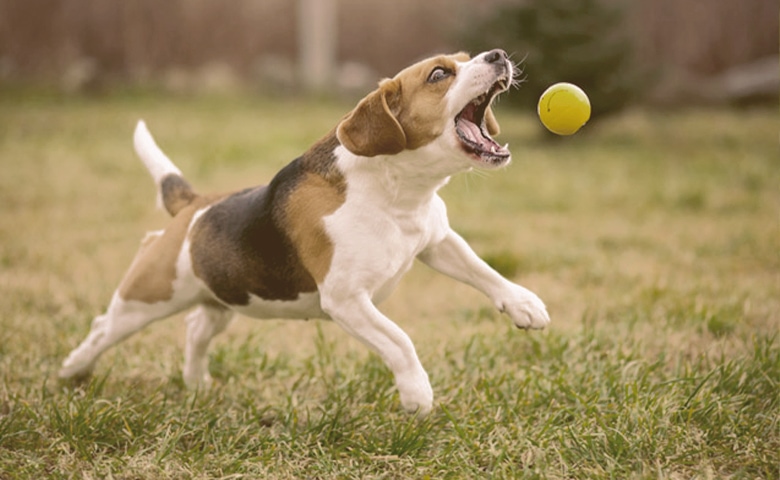
If you’re having difficulty with the methods above, there are still other options for you. Not every dog is the same, and some dogs learn better with a certain method than others. You can see what works best for your dog by trying out several of the methods here or by speaking to a professional trainer.
Build a Fence or Fence Software
If you don’t currently have a fence in your yard, buying or building a fence might solve your problem. Most dogs do not have the ability to escape a well-built fence that is tall enough to keep them in. You may also improve your own privacy and feel more secure with a fence in your yard.
If you already have a fence, you can buy software to install on your fence to deter your dogs from running away, or even from barking. This device will emit a high-pitched sound that only dogs can hear. This sound does not hurt your dog, it just bothers them.
Training Tools
As mentioned before, you can use a shock collar, noise collar, or even other tools to stop your dog from running off. If your treats and reinforcement do not work for your dog, it is possible they need a different method. If you’re unsure which tool you’d like to try or feel safe trying, you can check out the reviews of tools online. VCA Veterinarian Association has some great resources about training tools and the pros and cons of each.
How Much Does It Cost to Put Your Dog Through Training?
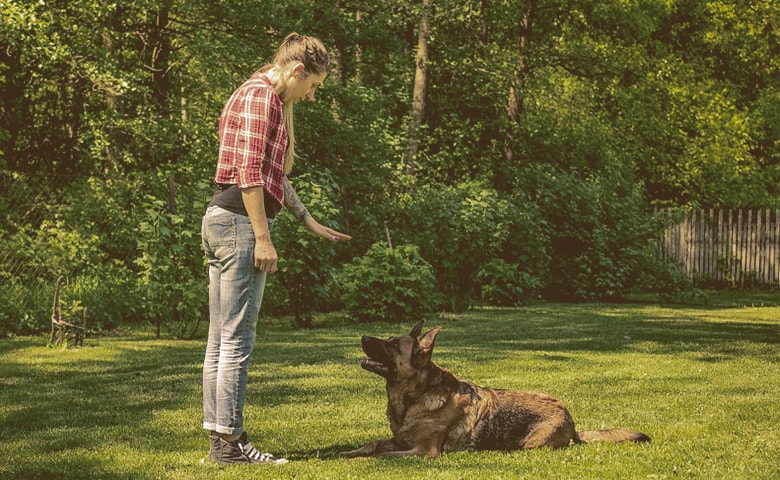
If you’re still feeling unsure after this guide, that’s ok! You have the option of paying a professional trainer to help you with your dog’s training needs. There’s just the question of cost. How much will it put you back to put your furry friend through training with someone who does this for a living?
Training costs vary depending on the type of training you’re paying for. At-home training might cost more than training at a facility. If you want to leave your dog overnight to board somewhere while they train, there will be additional boarding costs. A behaviorist with a degree will most likely charge more than a self-taught dog trainer. There are options for every budget.
No matter what you’re looking for, you should be able to find someone who can help.
Conclusion
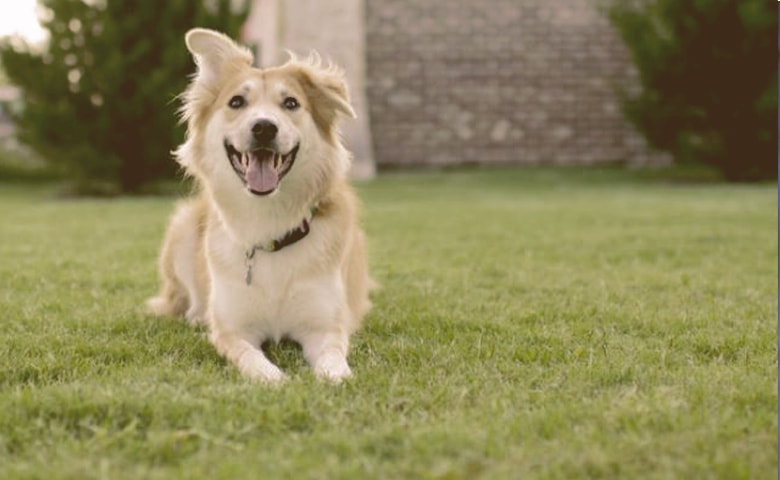
It doesn’t have to be extremely difficult to train your dog to stay inside your yard. If one method of training doesn’t work, move on to the next. There are plenty of videos on YouTube that you can also watch to get more visual explanations from professional trainers. If you don’t want to do it yourself, it’s always okay to hire somebody. Good luck and good training!
Sources
The American Kennel Club
VCA Hospitals
YouTube

